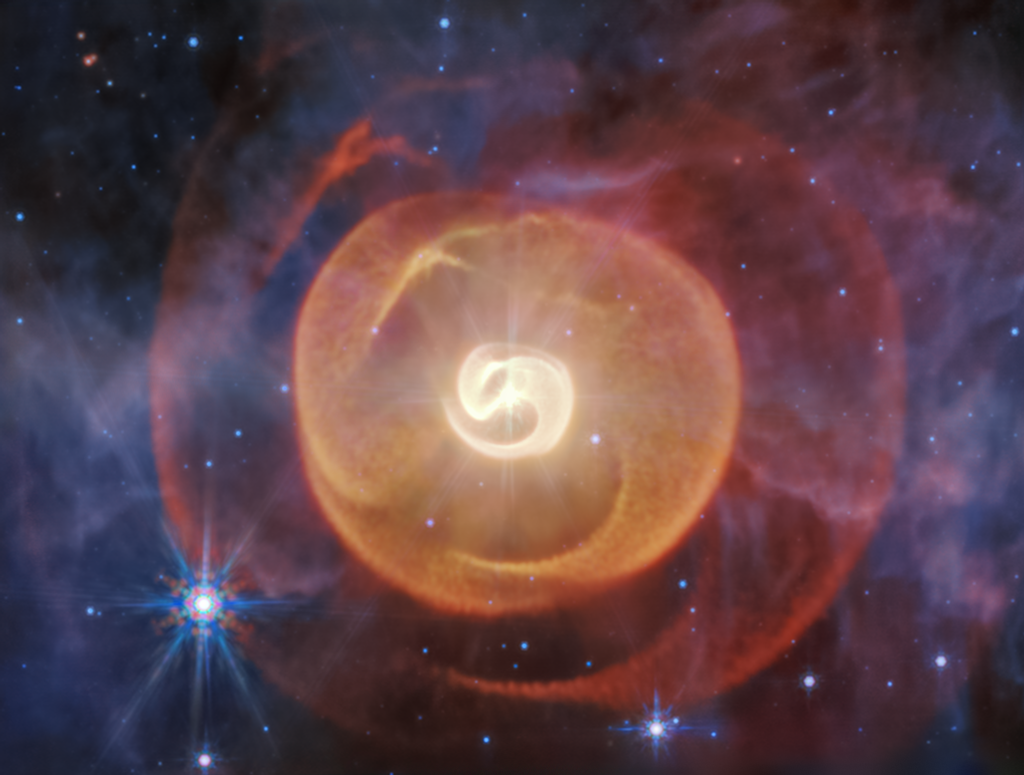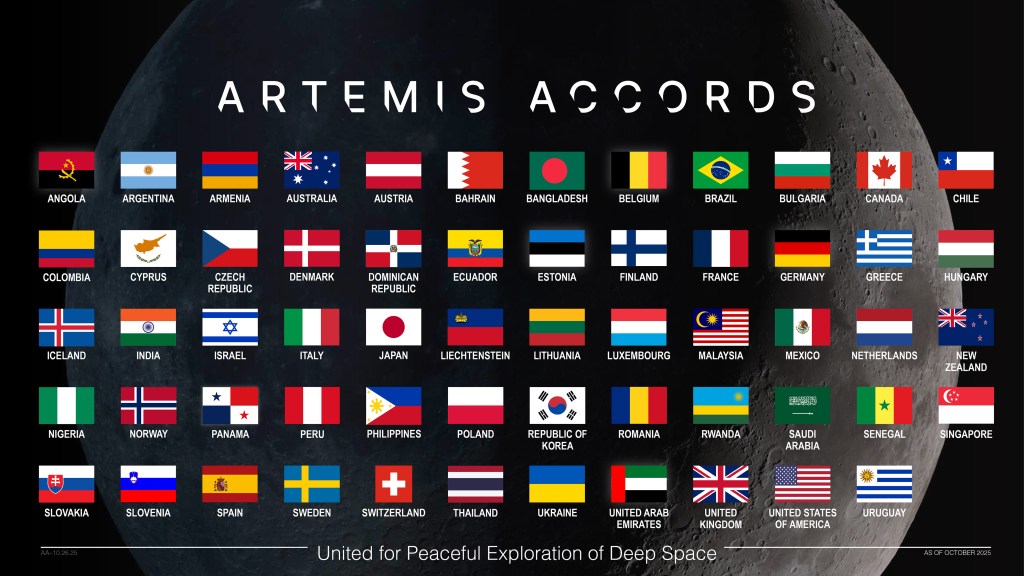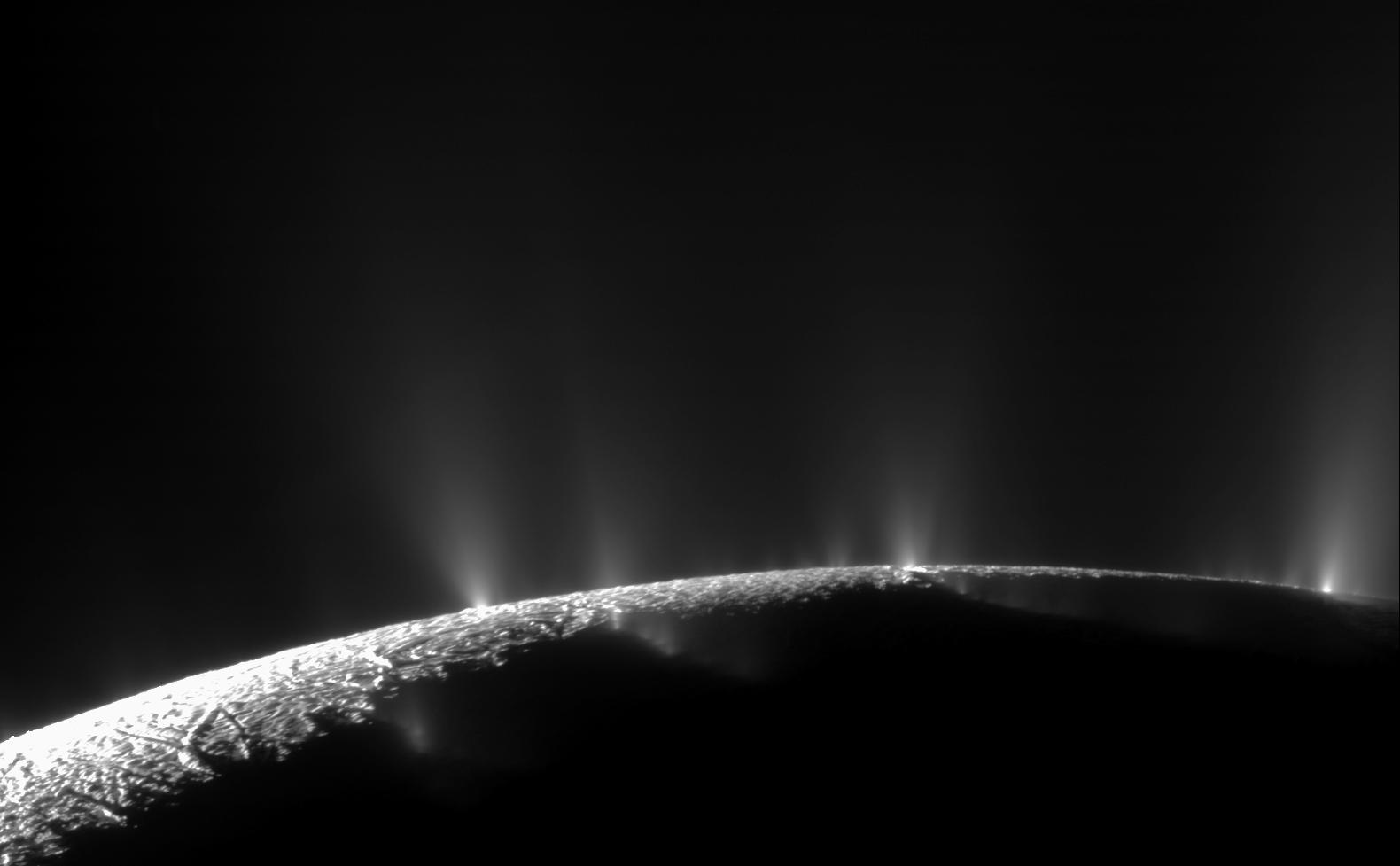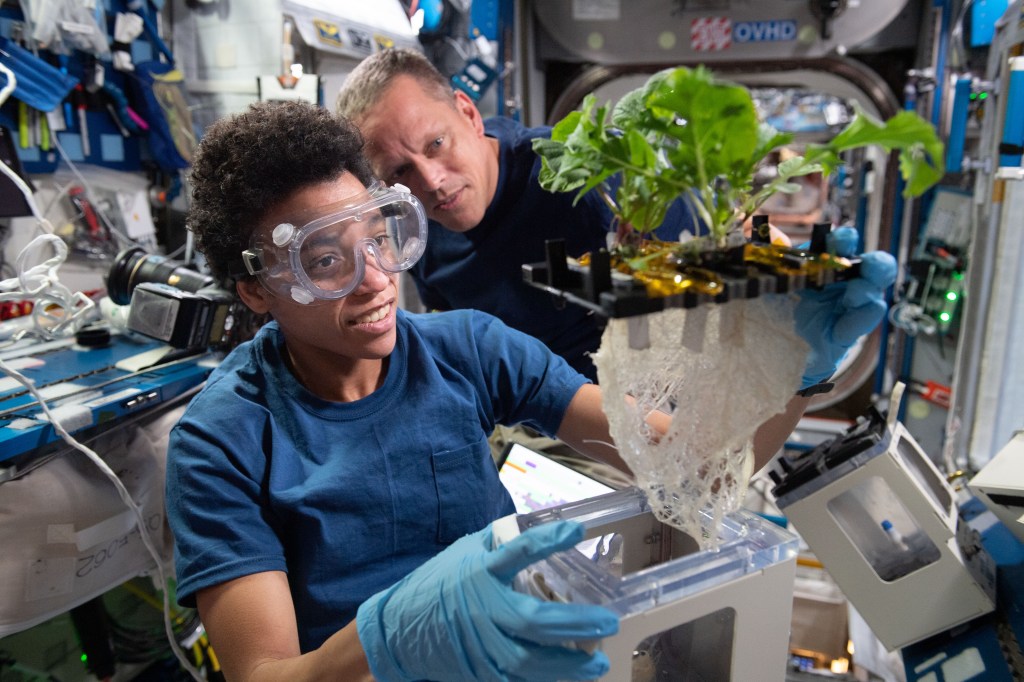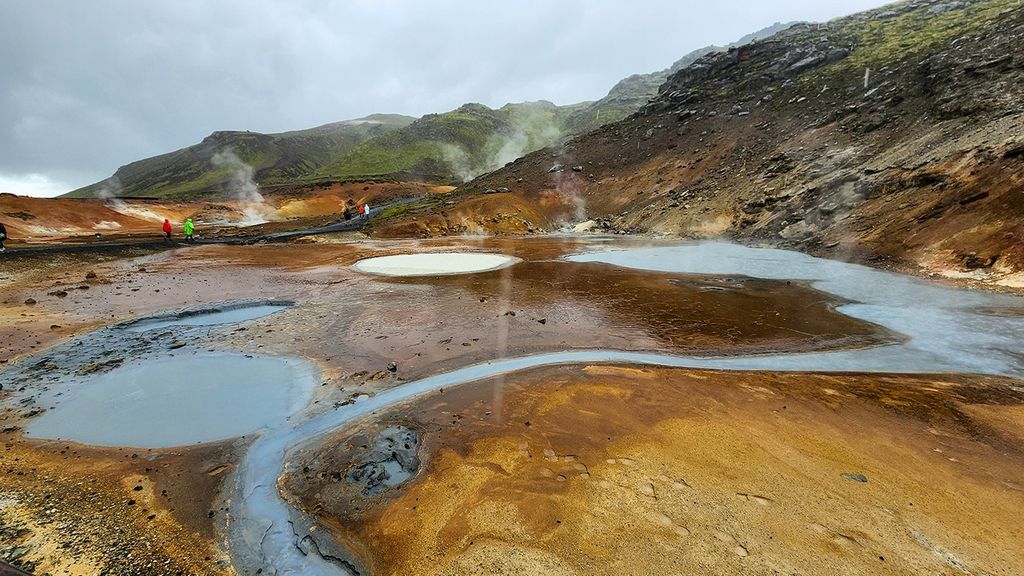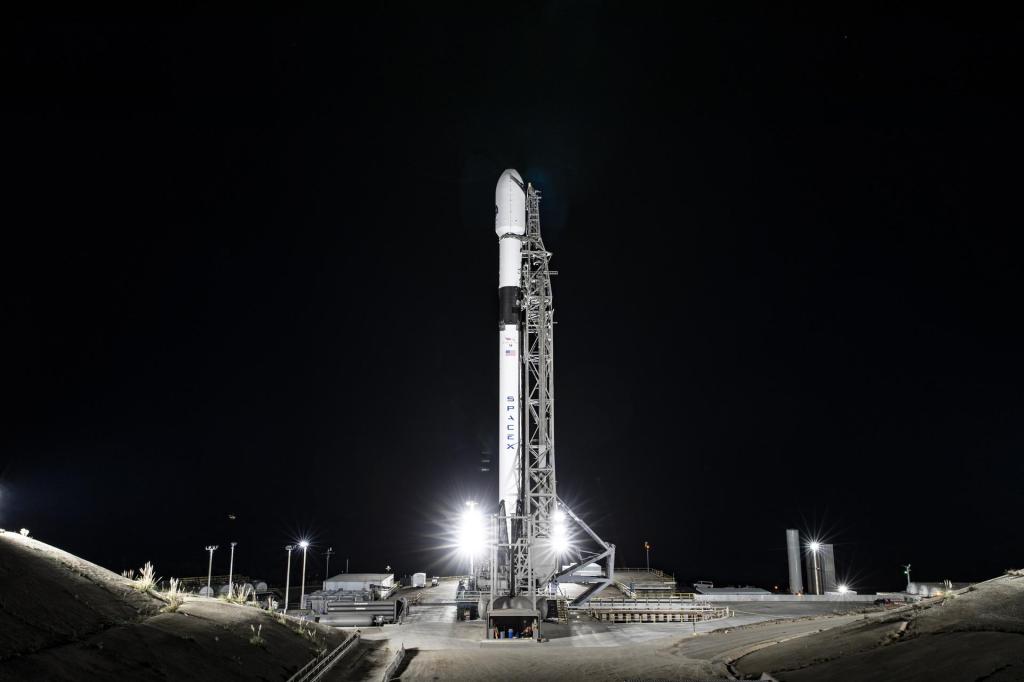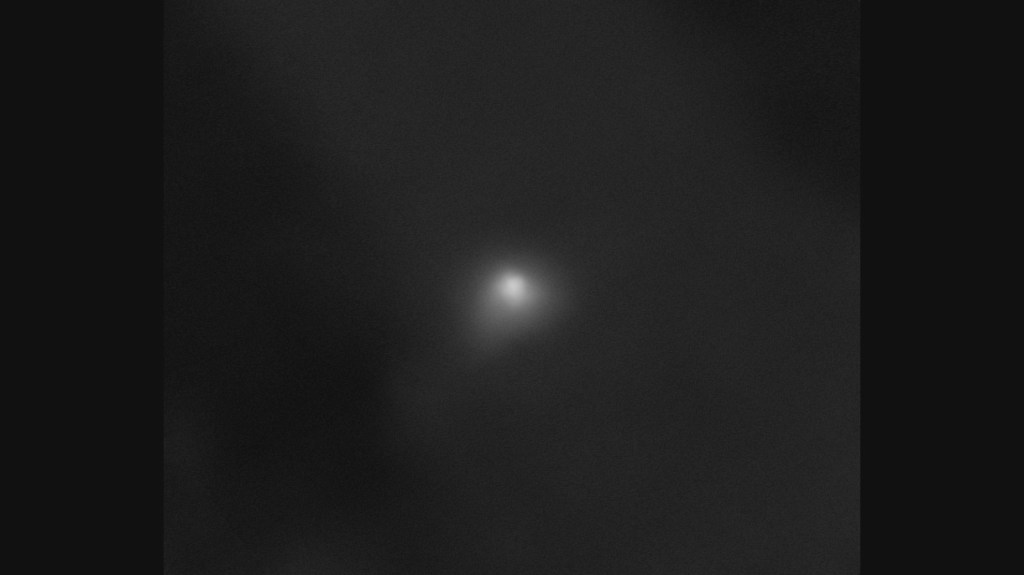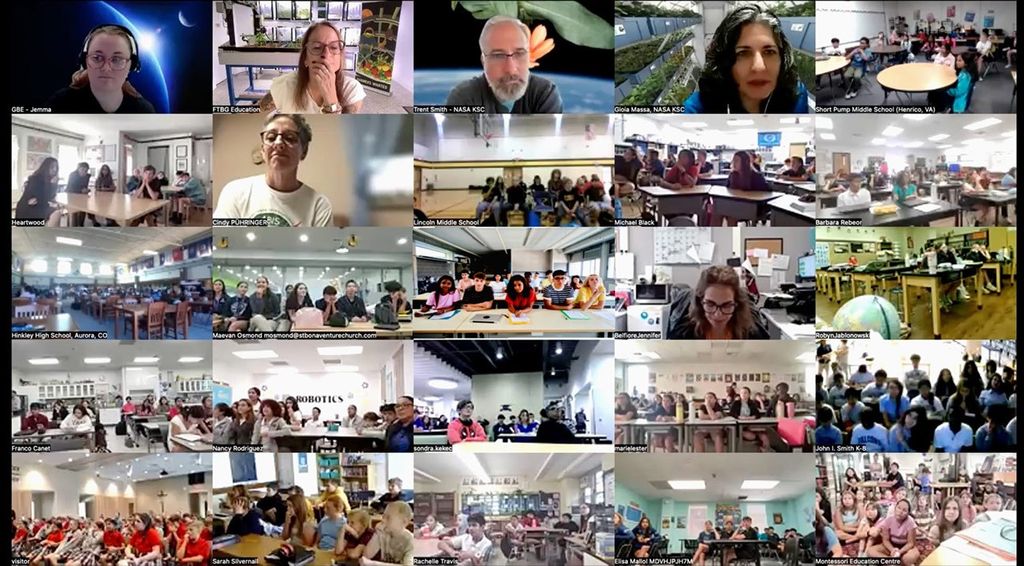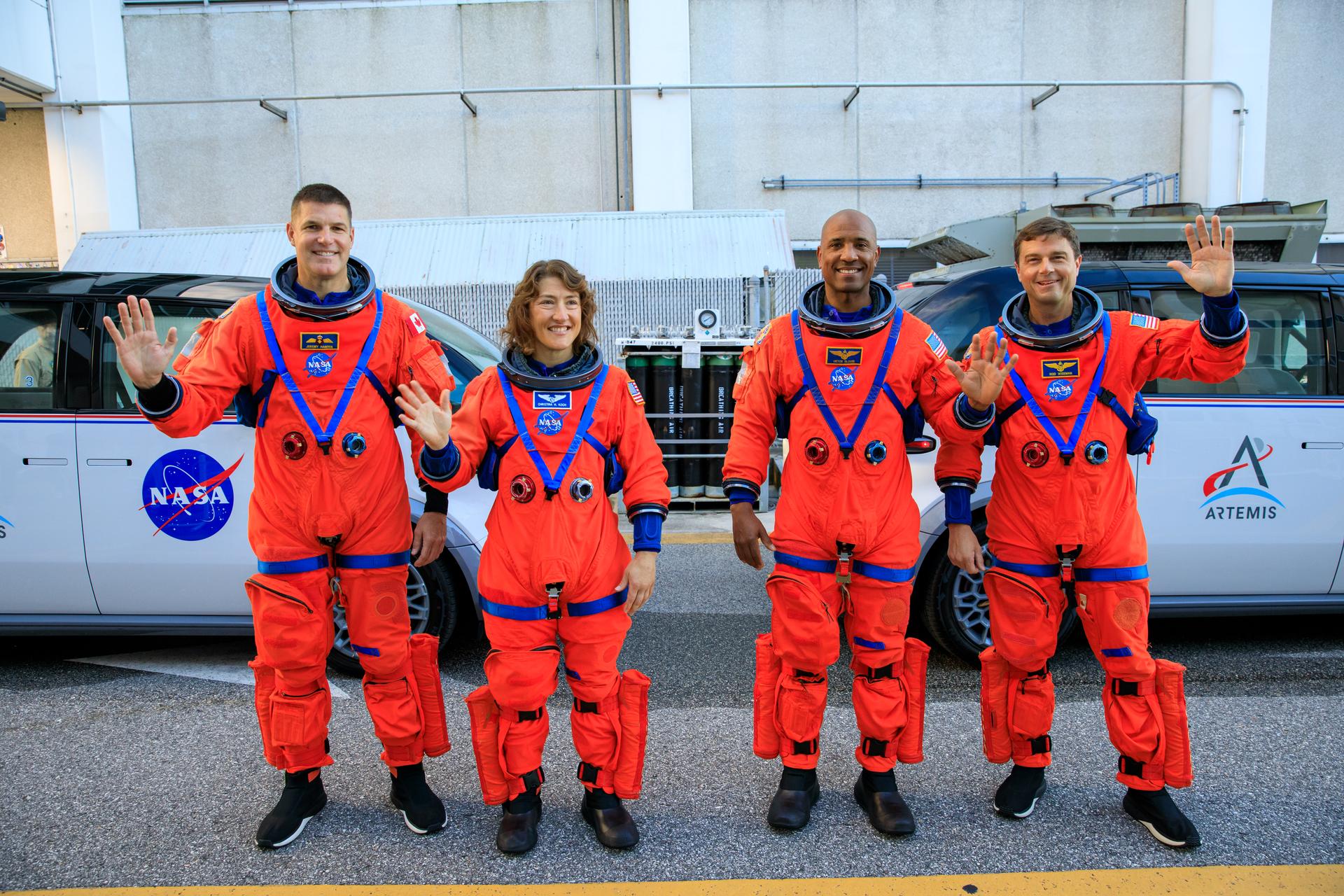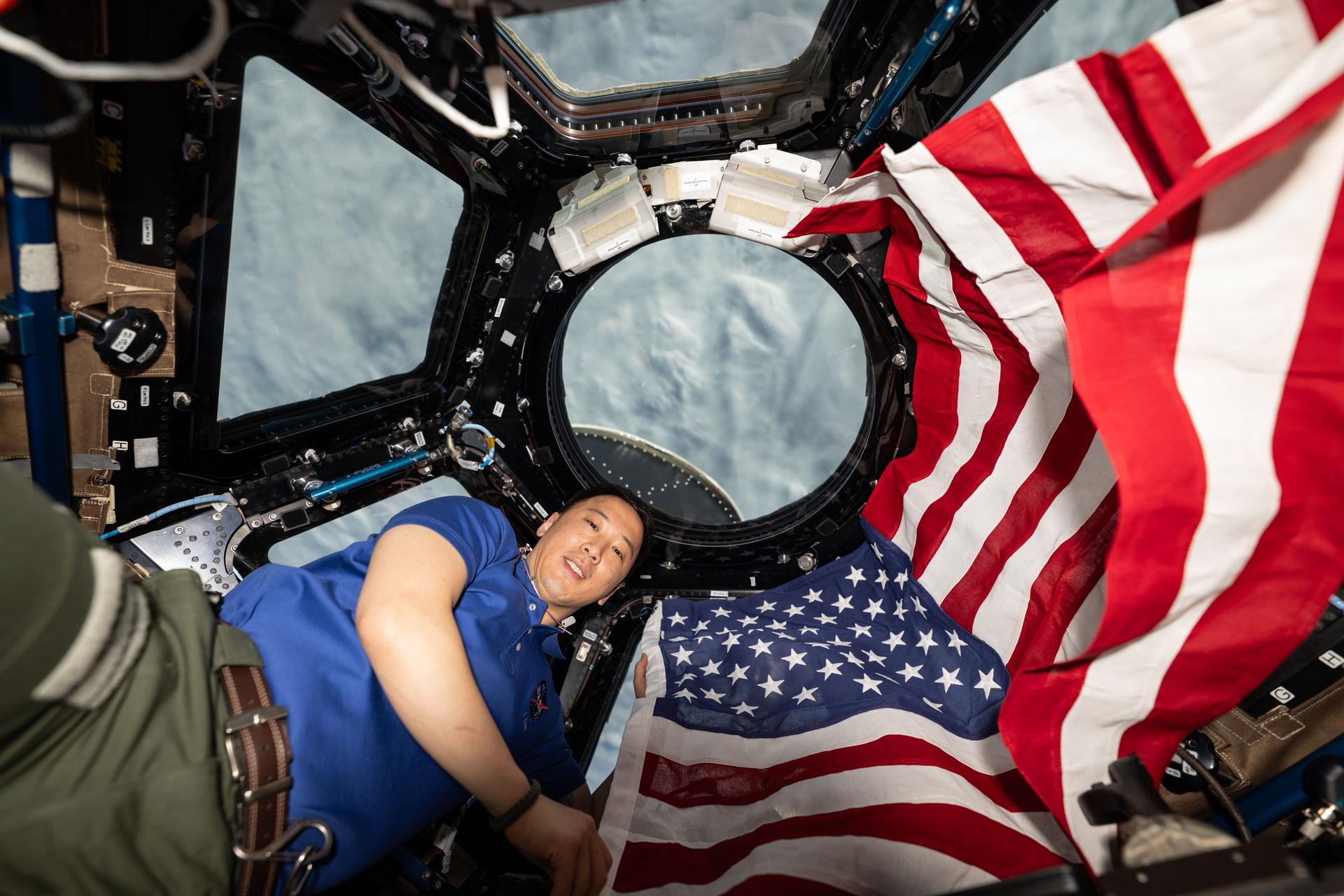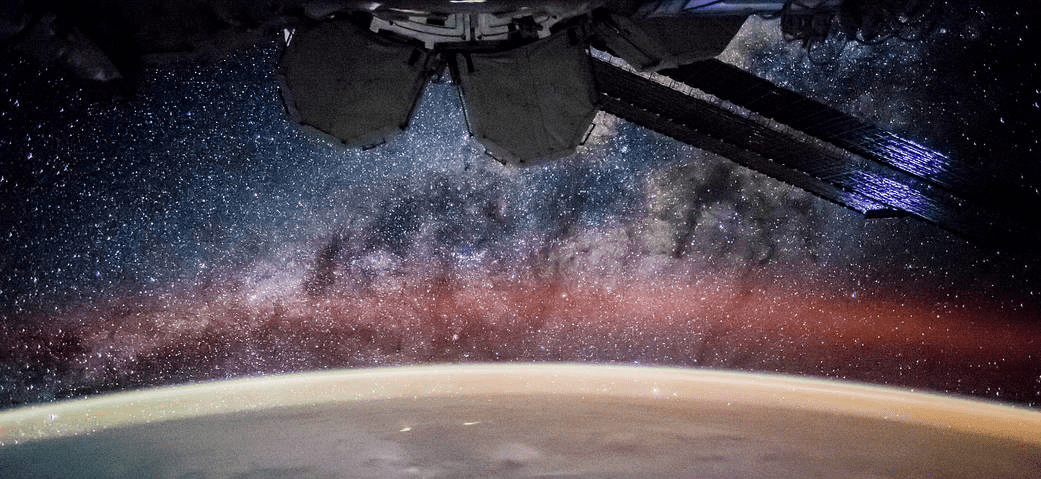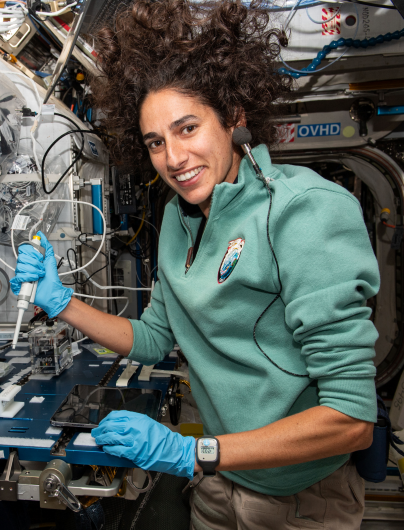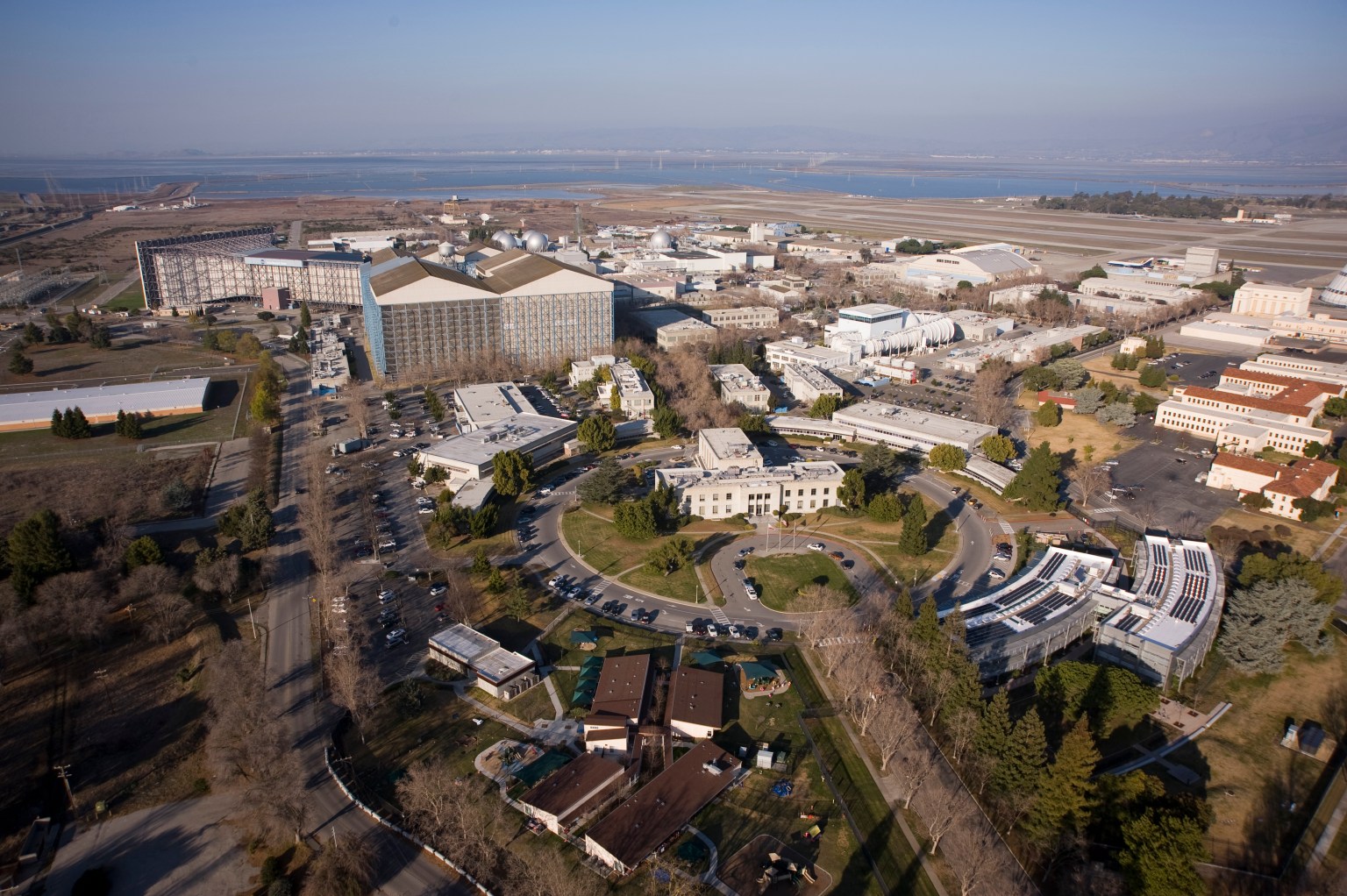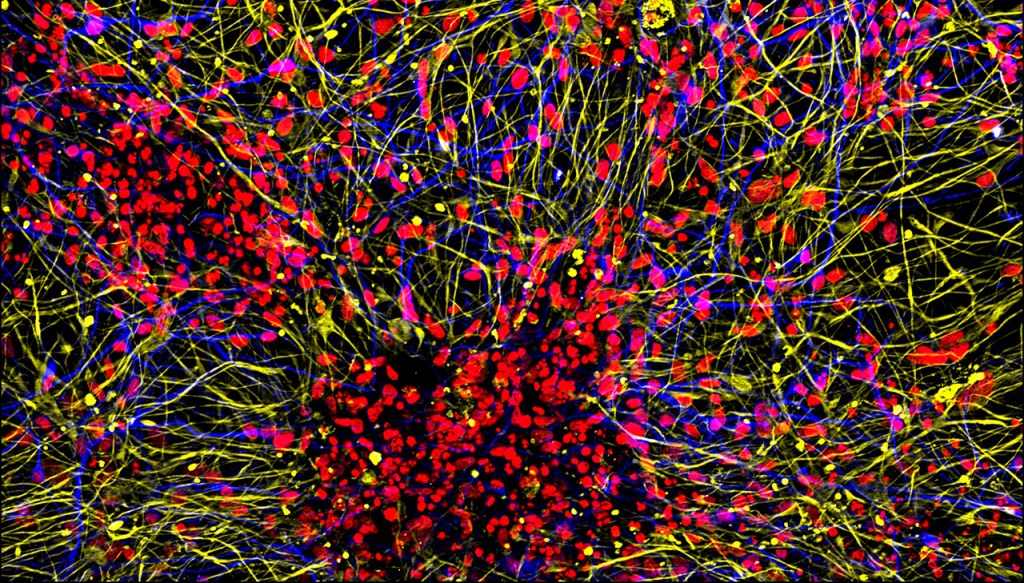
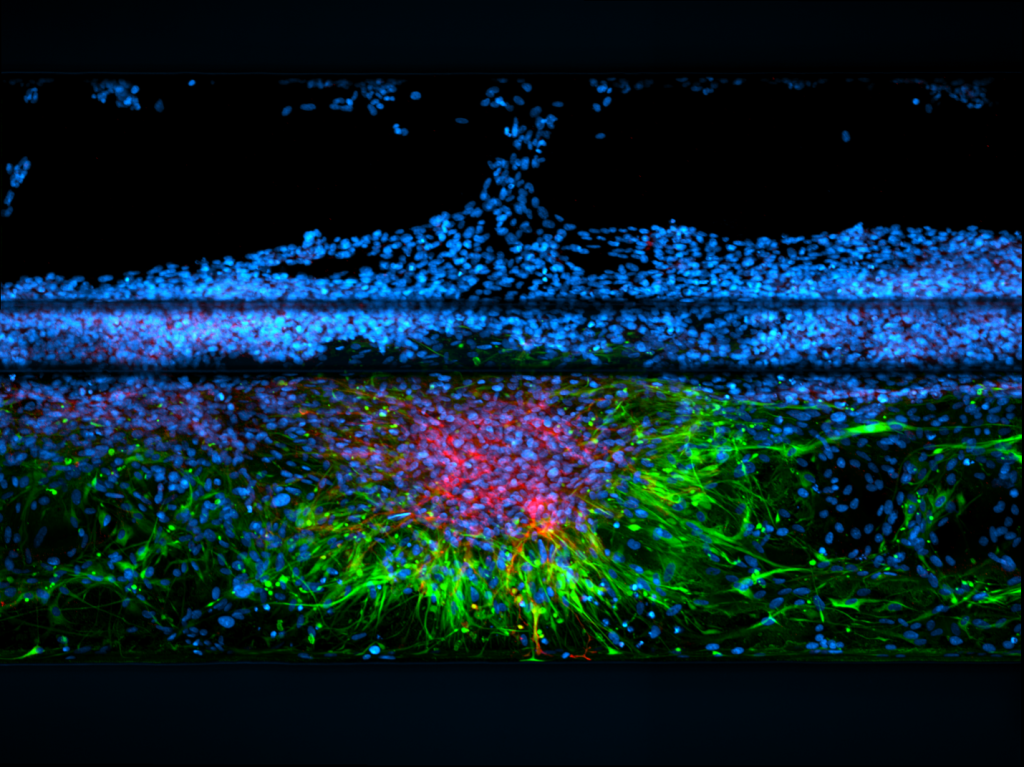
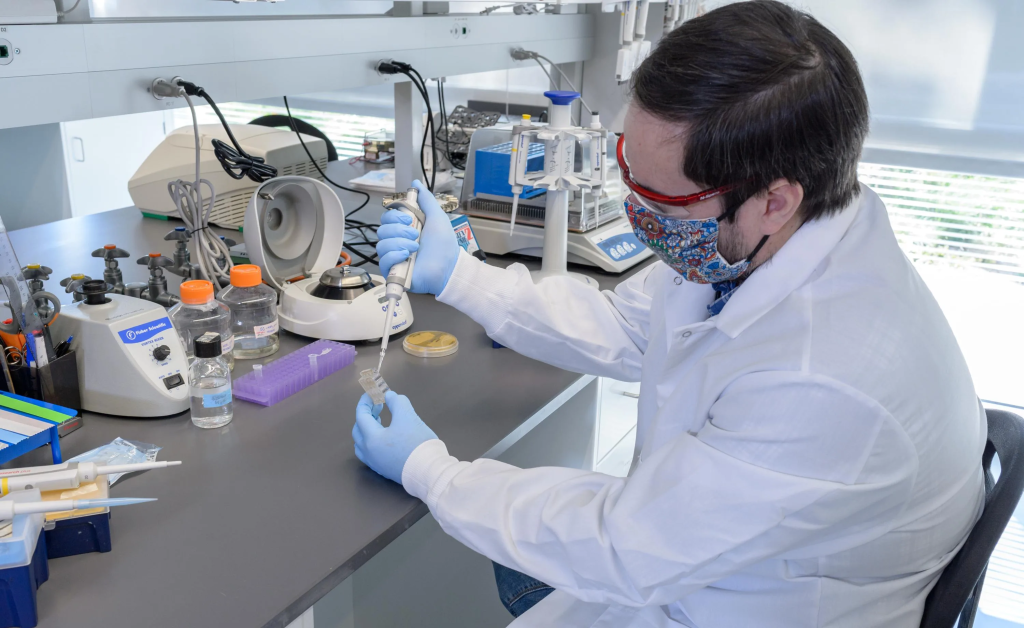
Space Biosciences Research Branch
The principal mission of the Space Biosciences Research Branch is to advance space exploration by achieving new scientific discoveries and technological developments in the biological sciences. Relevant research and development objectives of the branch include radiation detection and biology, fundamental space biology, and the development of countermeasures to preserve human health in space. Teams of researchers are organized around scientific disciplines critical to NASA’s bioscience missions.
Branch Chief
Christina Johnson, Ph.D.
Deputy Branch Chief
Medaya Torres, M.S.
Laboratories and Projects
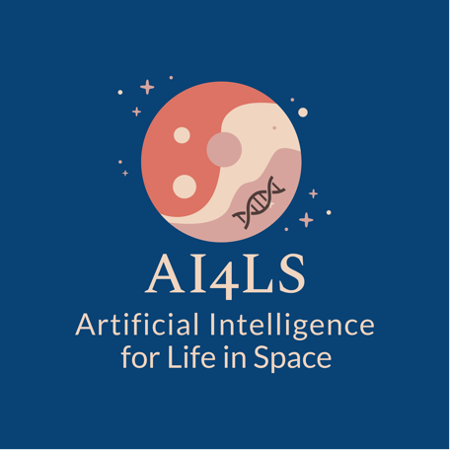
Artificial Intelligence for Life in Space
The AI4LS team builds advanced computational frameworks using machine learning, deep learning, and artificial intelligence to model, predict, and mitigate spaceflight risks.
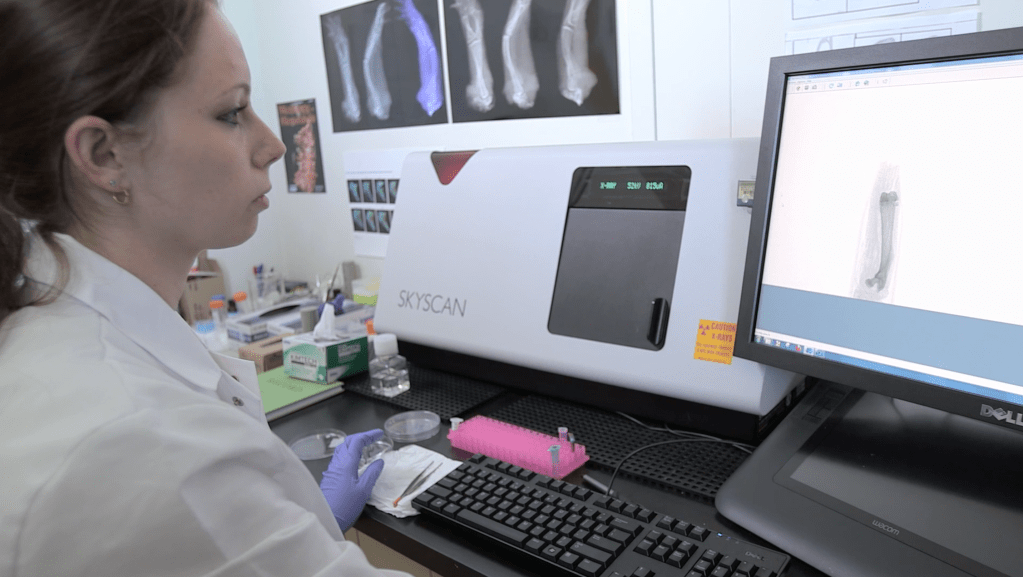
Bone and Signaling Lab
The Bone and Signaling Laboratory is a multi-investigator collaborative facility that investigates the physiological responses of bone to the spaceflight environment. The current laboratory principal investigators focus their work on diverse research goals and synergize to share ideas, equipment and resources.
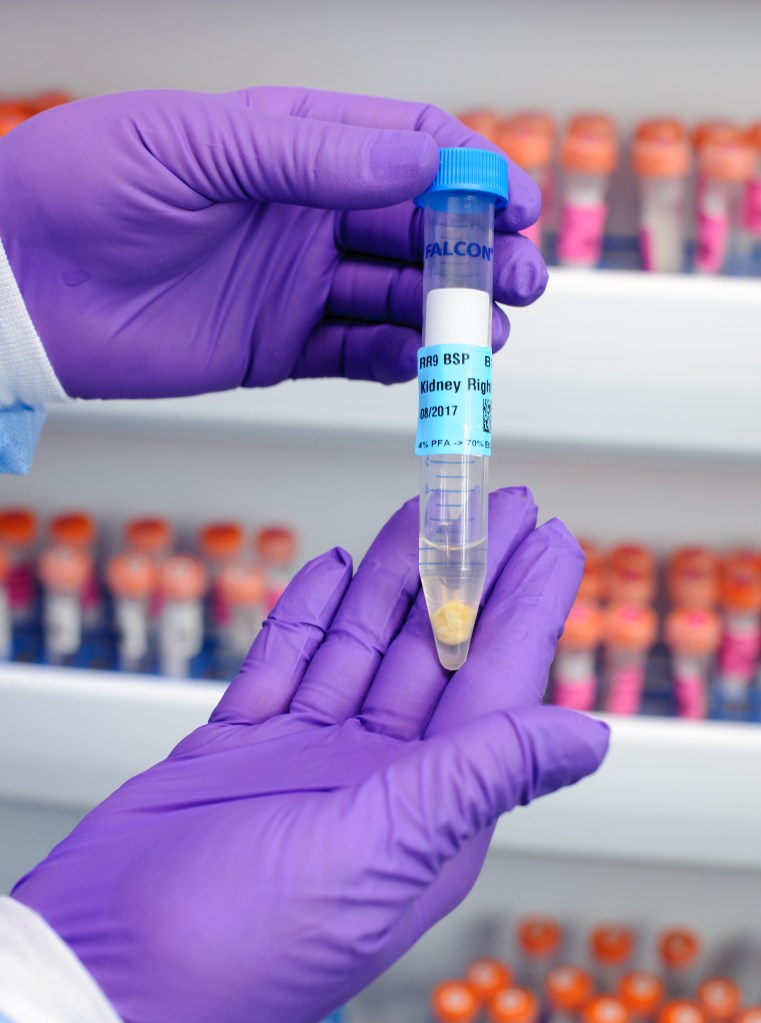
Biospecimens
The Space Biology Biospecimen Sharing Program (BSP) collects biospecimens to maximize the scientific return from biological studies and to encourage and broaden participation in space biology research. The NASA Biological Institutional Scientific Collection (NBISC) is a biorepository of non-human samples collected from NASA-funded studies.
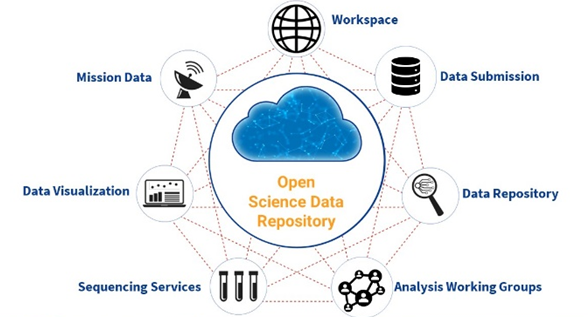
Data
NASA Open Science Data Repositories expands scientists' access to space-related experiments that explore the biological response of terrestrial biology to spaceflight environments. Our mission is to maximize the utilization of the valuable biological research resources and enable new discoveries.

Deep Space Biology
While ground facilities to perform space-like radiation experiments are currently available, the dynamic and unique composition of the deep space radiation environment is practically impossible to fully simulate on Earth. As we prepare to send humans on extended missions beyond low Earth orbit, it is critical to understand how persistent exposure to space radiation affects living organisms.
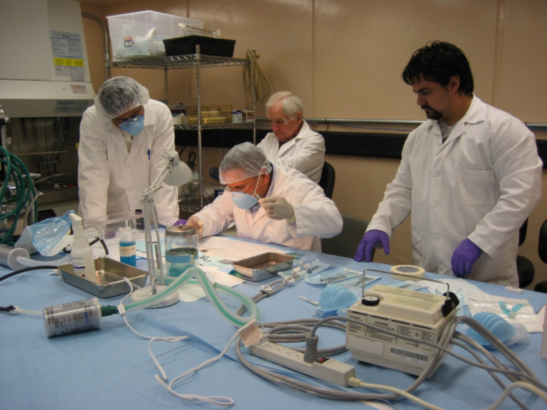
Countermeasures Lab
The Laboratory of Countermeasures Development is addressing key challenges associated with use of medications in spaceflight missions. We also provide assessment of long-term spaceflight on drug metabolism due to changes in the human body that are caused by exposure to space.
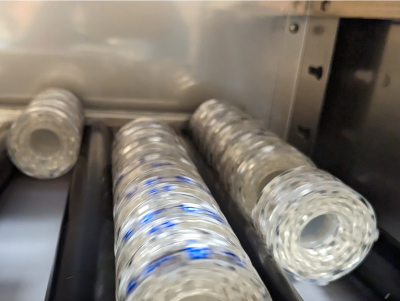
GERMS
Research in the Gravitational Effects and Radiobiology of Microbes in Space (GERMS) group uses laboratory and computational experimentation to study the responses of microbial individuals, populations, and communities to the physical environment of spaceflight.
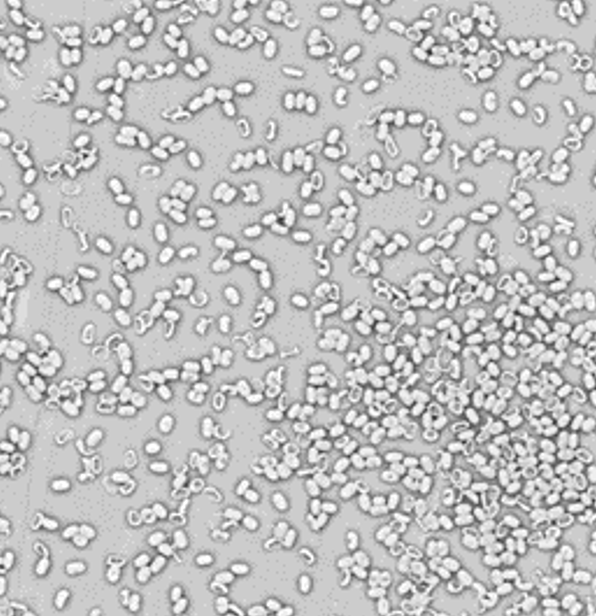
Planetary Protection
The search for life on other planetary bodies requires that we be sure not to bring life from Earth with us.
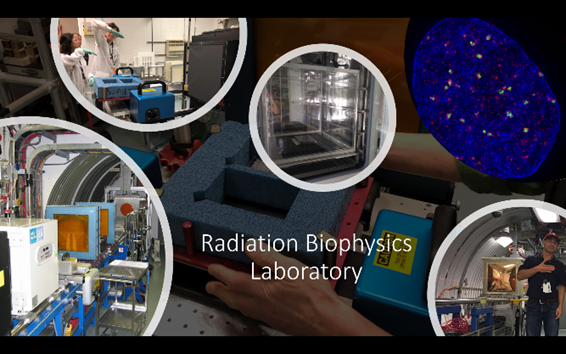
Radiation Biophysics Lab
The Radiation Biophysics Lab uses computational and experimental methods to understand how ionizing radiation impacts health at the level ranging from single molecules to whole organisms.

